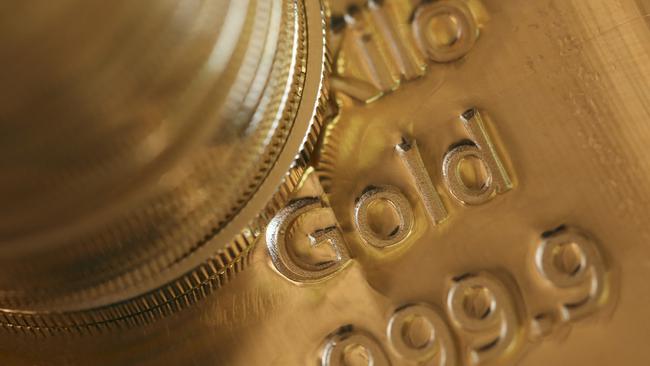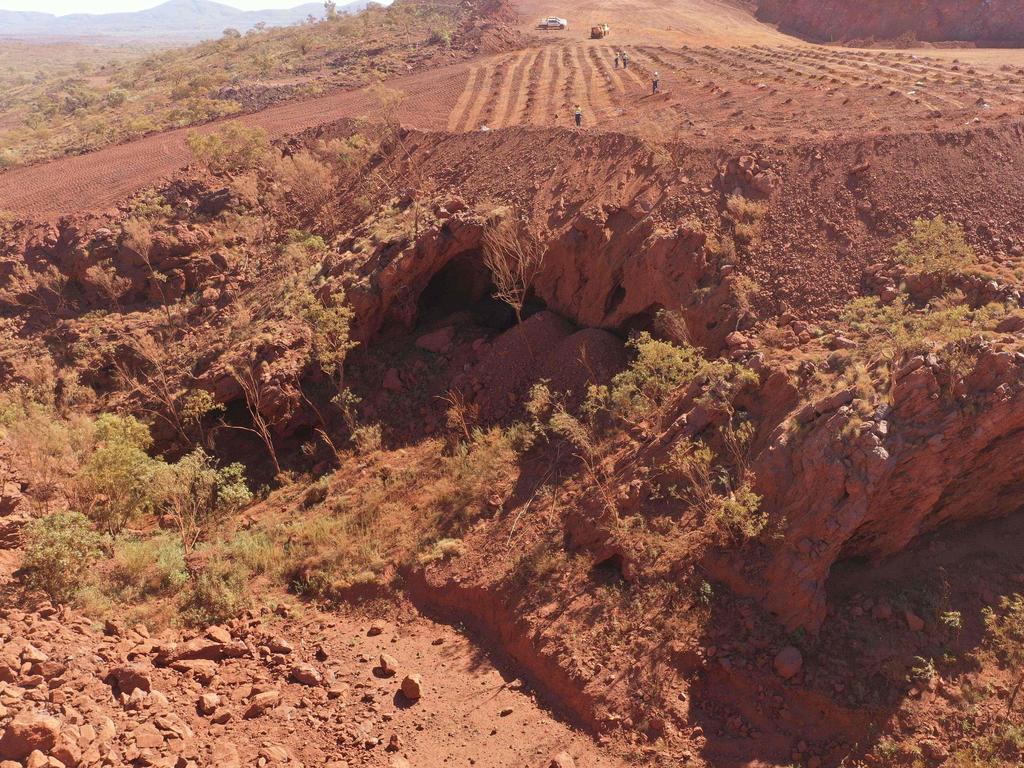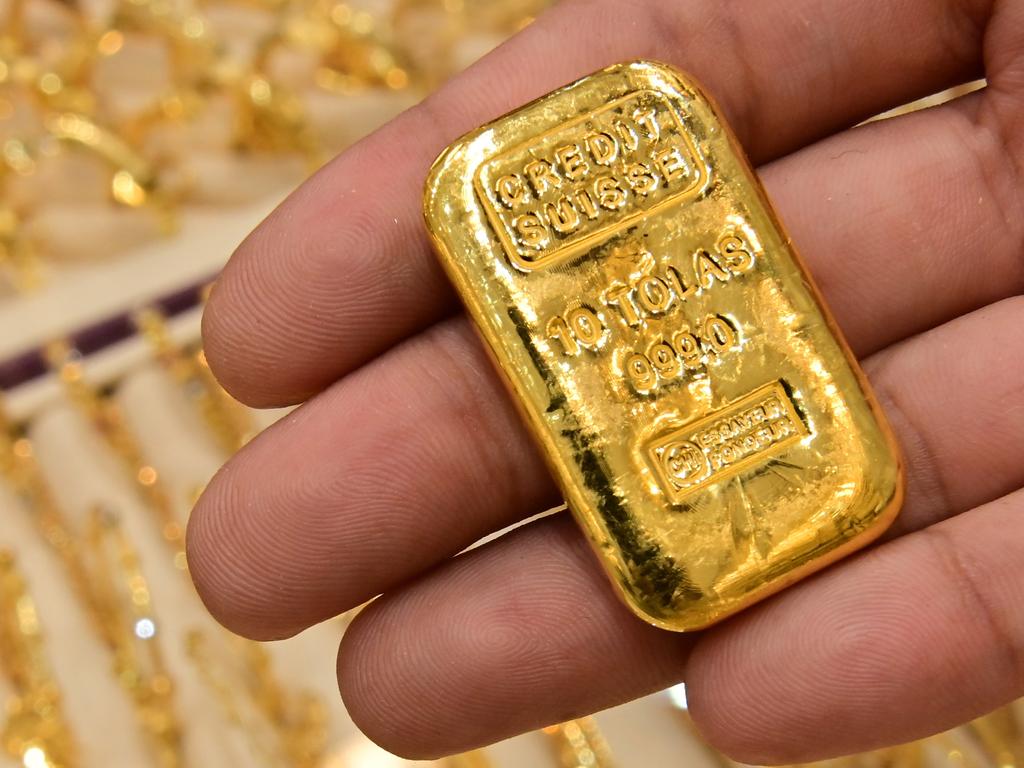Rush to cash in on gold bull run
Analysts suggest the coronavirus crisis could propel the precious metal’s price above $US3000 an ounce in 2021.

Gold’s bull run hit new heights on Wednesday, as analysts suggest the coronavirus crisis could propel the precious metal’s price above $US3000 an ounce in 2021, and junior explorers rush to cash in on gold’s bull run.
Gold traded as high as $US2039 an ounce on Wednesday, its highest levels ever – although even the bullish analysts at the World Gold Council note that is still well below notional inflation-adjusted peaks of 1980, when the commodity would have been trading above $US2800 in modern dollar terms.
In Australian dollar terms, it hit a peak of $2832.58 – enough to put even the most marginal of Australian gold producers in the money.
It was only a year ago that gold’s move above $2200 an ounce, in Australian dollar terms, was greeted with rousing cheers on the final day of Kalgoorlie’s annual Diggers and Dealers conference.
But even the most hopeful of the eternal optimists in the spiritual home of the country’s exploration sector could not have foreseen the circumstances that have analysts suggesting it could almost double that price by early next year.
Gold’s coronavirus rally has pushed up the share price of producers, with the ASX All Ordinaries Gold Index again up strongly on Wednesday, hovering just below record highs reached in late July. St Barbara shares surged 5.2 per cent, Northern Star jumped 4.3 per cent, and Evolution Mining lifted 3.7 per cent.
But the gold price rally has also put a fire beneath the junior exploration sector, with stocks soaring on the back of drilling results that two years ago would have been greeted with a shrug by the market.
Surging interest in the commodity has also helped explorers fill their coffers, as market interest in the sector kept brokers busy.
Junior explorers raised almost $1.1bn in the June quarter, according to Rob Murdoch, principal of consulting firm Austex Resource Opportunities.
Mr Murdoch said gold-focused juniors – which he says make up 36 per cent of ASX-listed resource companies – raised $484m of that total, or about 45 per cent. The total amount raised in the June period is well above the $508m in the March quarter, a traditionally dismal time for corporate roadshows, but still below the recent $1.15bn peak in the last three months of 2019, according figures provided by Austex.
Initial public offerings in the sector have also kicked off, with ASX-hopeful North Stawell launching its $20m float last week to strong market interest.
It is unlikely to be alone, according to EY merger and acquisitions partner Paul Murphy, who said the accounting and consulting major is tipping a strong follow-up from other unlisted hopefuls.
“On the back of this price strength we expect to see the IPO market pick up for gold, base metals and strategic minerals opportunities over the next year,” he said.
The bull run is far from over, with resources analysts lifting medium-term pricing assumptions to more than $US2000 an ounce in the face of a weakening US dollar and a darkening outlook for the global economy.
RBC Capital markets analysts said there is a 40 per cent probability that gold will cross $US3000 an ounce early next year, in a “worst case” global economic scenario in which economic turbulence caused by the global pandemic spirals out of control.
“This would trigger further unprecedented monetary stimulus and possibly lead to asset bubbles and perhaps difficult-to-control inflation. It is that ‘worst case scenario’ where we touch $US3,000/oz,” RBC analysts said this week. RBC’s base case sees the price stay above $US2000 an ounce in the near term, but peaks in early 2021 if the economic threat posed by the coronavirus recedes.
And RBC is hardly alone in predicting that strong prices will remain.
Goldman Sachs analysts last week raised their 12-month forecast for gold to $US2300 an ounce, a lift of $US300, on the back of rising tensions between the US and China, uncertainty around the US election in November and a grim outlook for the world’s biggest economy – all of which, they said, weakened sentiment for the US dollar that underpins gold’s bull run.
“Combined with a record level of debt accumulation by the US government, real concerns around the longevity of the US dollar as a reserve currency have started to emerge,” the analysts said.
While almost all major Australian producers are operating at margins of better than $1400 an ounce, according to JPMorgan analysts, they note that some caution on both production and hedging positions is worthy.




